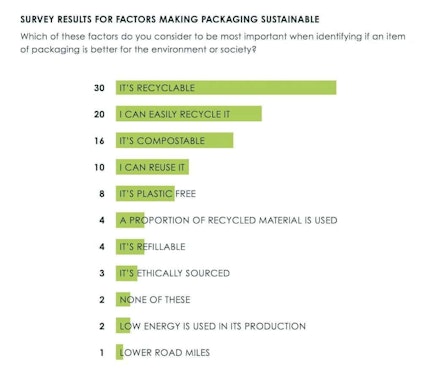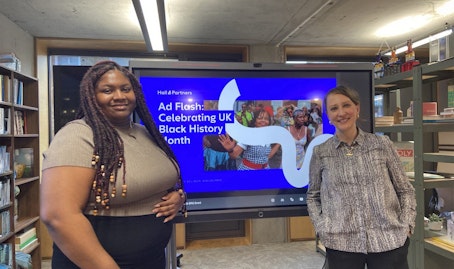
The easy answer is that consumers want to get rid of plastics. And this is a straightforward enough message. Plastics come from the oil industry, mis-treated ones pollute our oceans and consumers want something else. Perhaps the return of the milkman and glass bottles? But is that it? Don’t they also want to support Extinction Rebellion as well as to eat and drink whatever they want, wherever and whenever they choose?
The challenge for brand owners is that alternatives to plastic may not meet all these requirements. While glass and paper have many good applications, their processing requires substantial heat for both virgin material and recycled content. This equates to higher manufacturing emissions for the same function as plastic.
There are three broad choices here for brand owners:
- Returnable systems made of aluminium or glass
- Materials that degrade based on paper fibres
- Recyclable plastics
All of these formats have different problems. Returnable systems naturally appeal to consumers and there’s a nostalgia around this approach, particularly for those who can remember the milkman. However, the materials in returnable two-way glass can be very heavy. If the transport distances are large, this can result in significant emissions. The bottles and metal containers mustn’t be lost to the system either; some studies suggest that they have to be used 20 times to repay the greater emissions in their original production.
Fibre-based materials can be very good for some applications. However, there’s a limit to the barrier properties that can be engineered into these solutions and there’s also a limit to the number of times the fibres can be recycled.
Plastics weigh very little and have a good balance of functional properties for different products. However, there’s a limit to the number of times recycled plastic can be used in food grade applications, and the material is persistent in the marine environment.

So, it depends. The table above summarises this broad analysis of the three options. Each has good and bad points but, on balance, plastic is better across a range of requirements. This is opposite to the consumer’s perception of the materials, which puts plastic last.
Should consumer perception dictate that brands get out of plastic, despite it performing better than the alternatives?
Based on PwC’s research findings, I’m not so sure. When we asked consumers prompted whether they would like to see fewer plastics and use alternatives to plastic, we got a big affirmation.
However, when asked unprompted to rate the sustainability of packaging, only 8% of consumers thought the most important issue was to be plastic free. As shown in the bar chart, recyclability was the most important attribute. This survey, carried out in the spring of 2019, suggests there’s an opportunity to continue using the right kind of plastics in the right way.

What makes the right way is clear from the two leading answers. Brands have to eliminate that point in time where we all stand in front of two or more bins wondering where to put some used packaging. It happens to me, and I work in this field.
Brands are also going to have to give backing to regulations to support the solutions to these problems and do much more to support consumers around the behaviours needed to make plastic a good option. This is going to mean higher regulatory costs and a ruthless approach to implementing design for recycling guidelines. There will also need to be a greater marketing effort to inform consumers on how to do the right thing, as well as conveying the impacts of not disposing of plastic packaging correctly.
This approach will be neither easy nor cheap. The alternative though – a plastic-free future – may be even harder for modern food and drinks companies to achieve.








